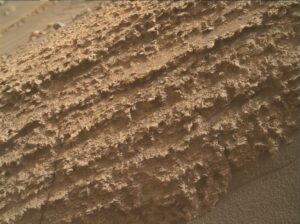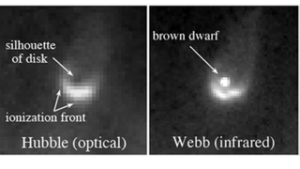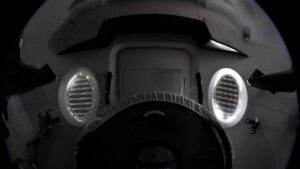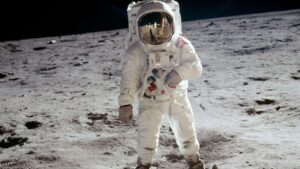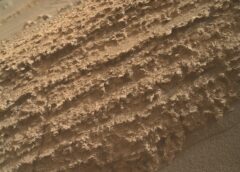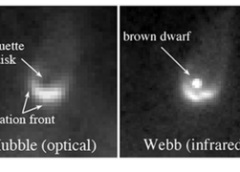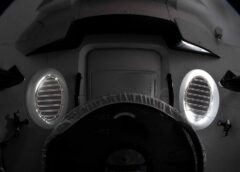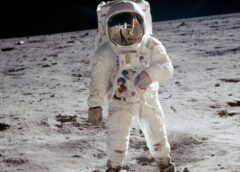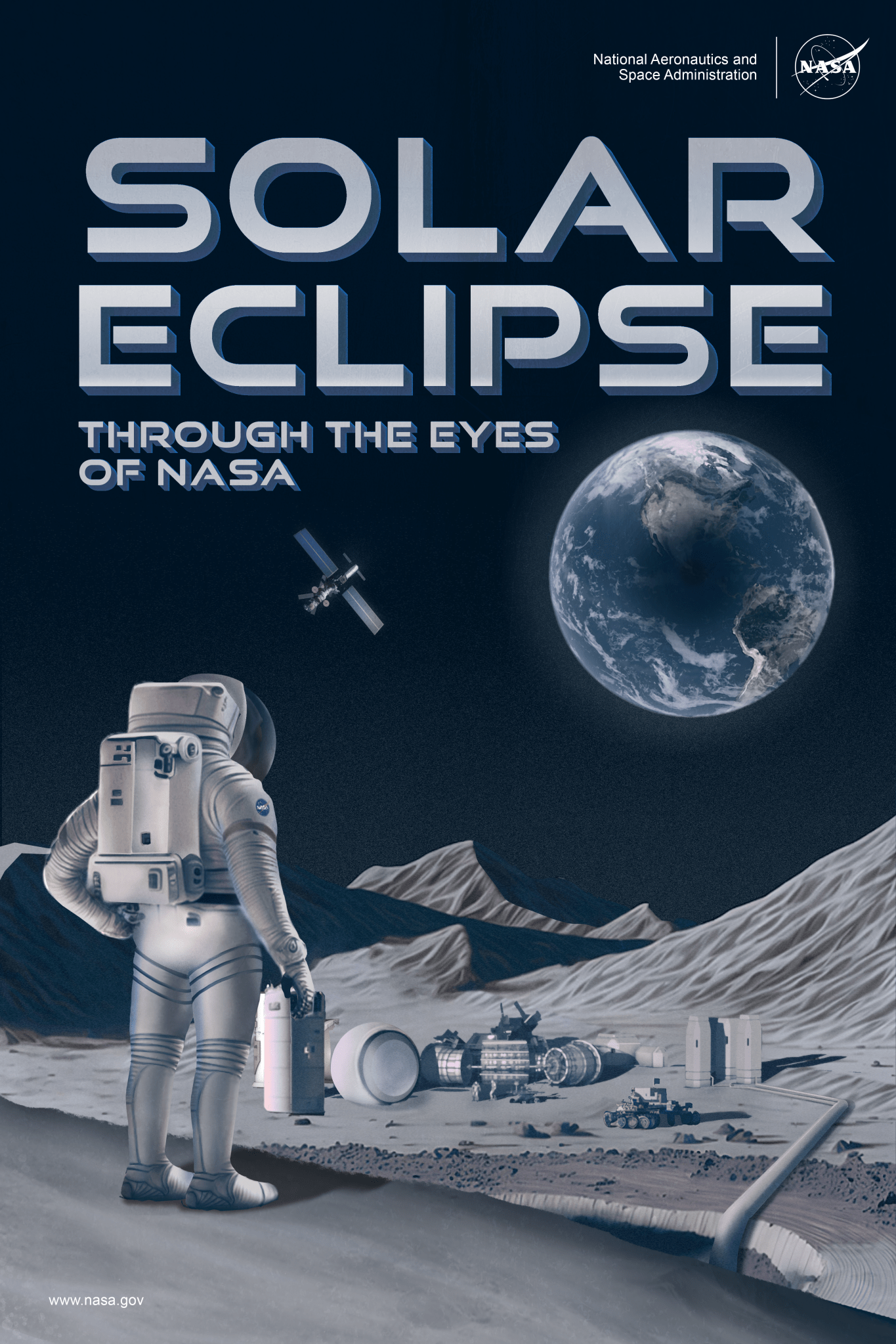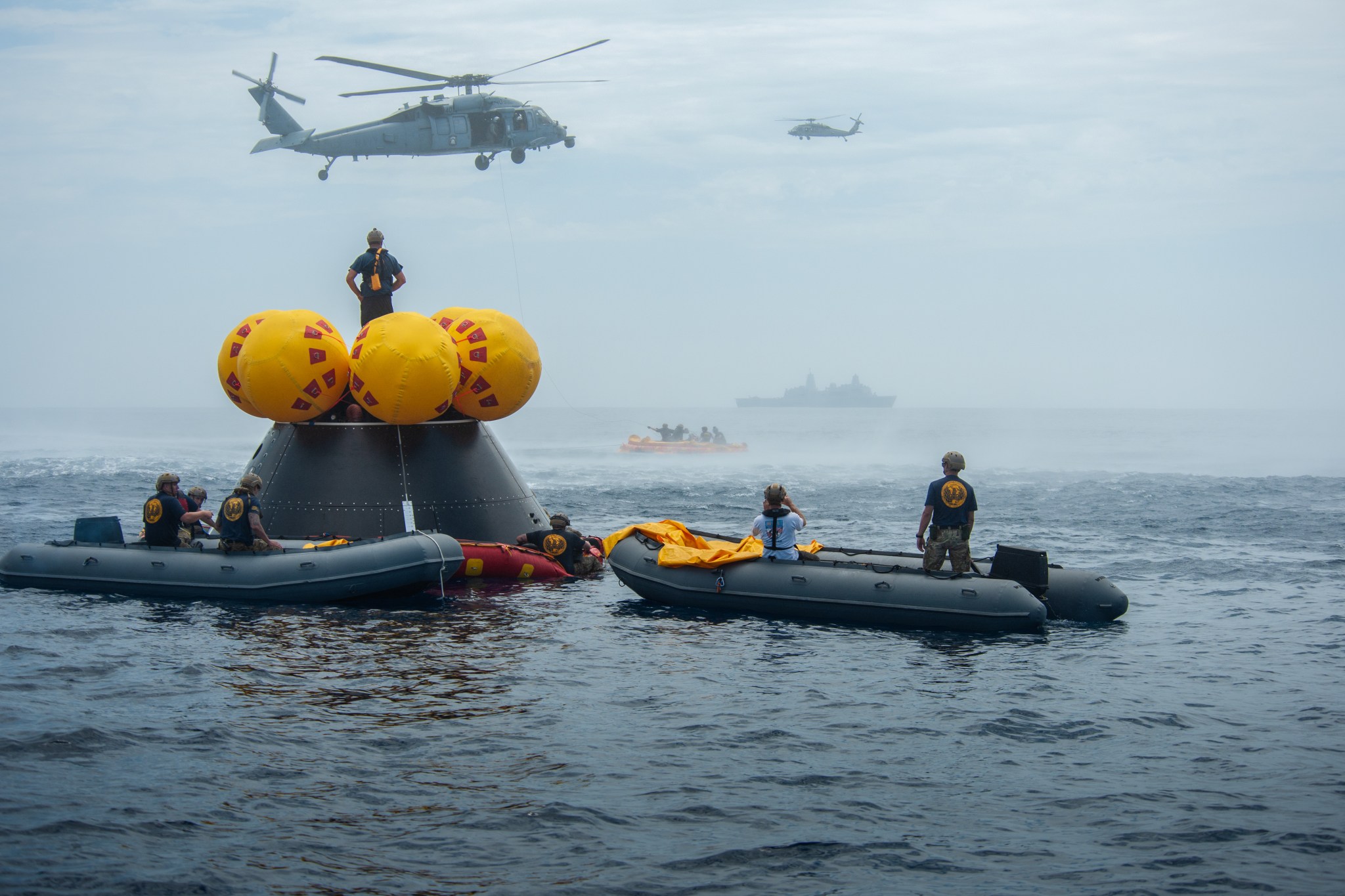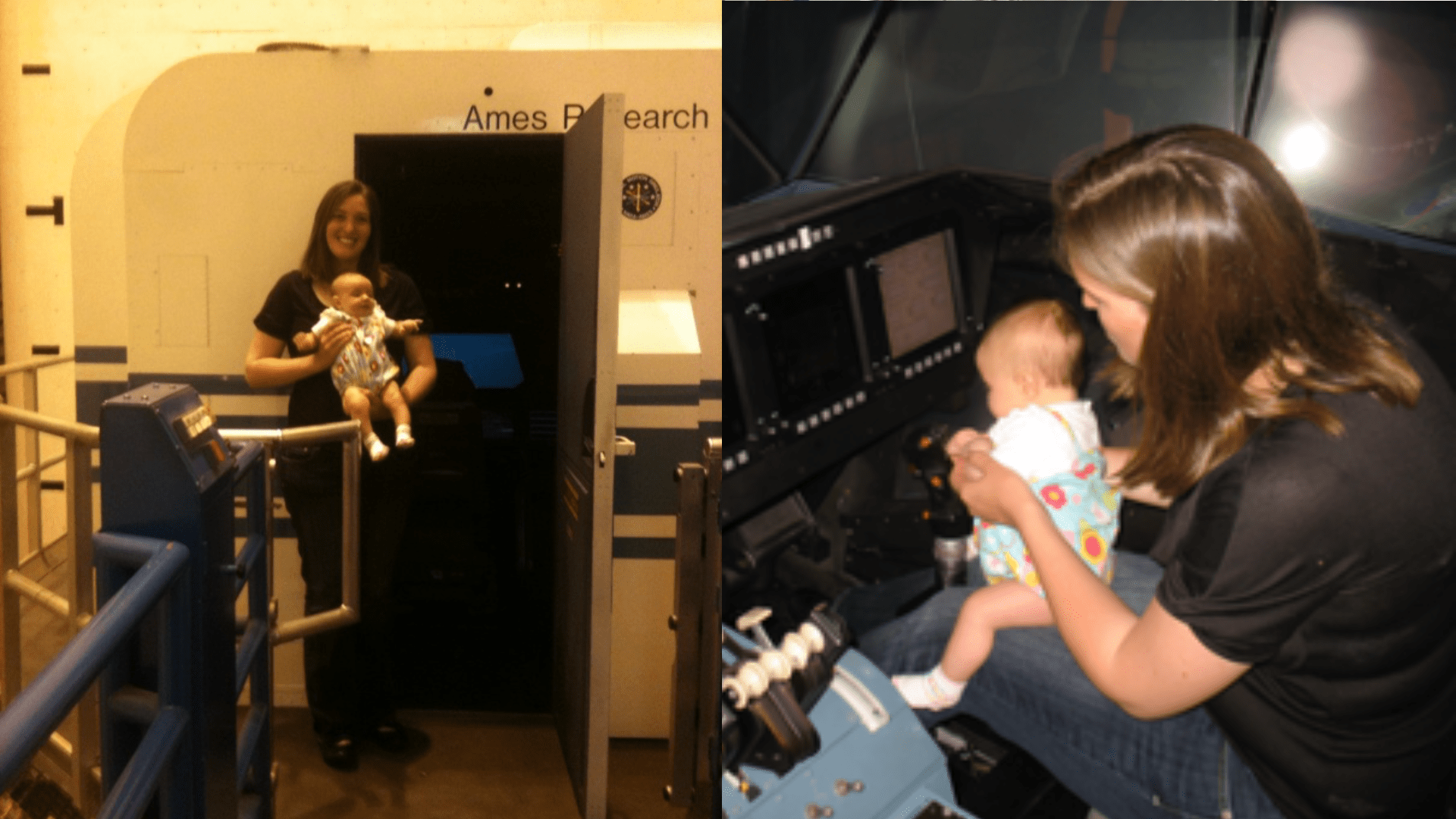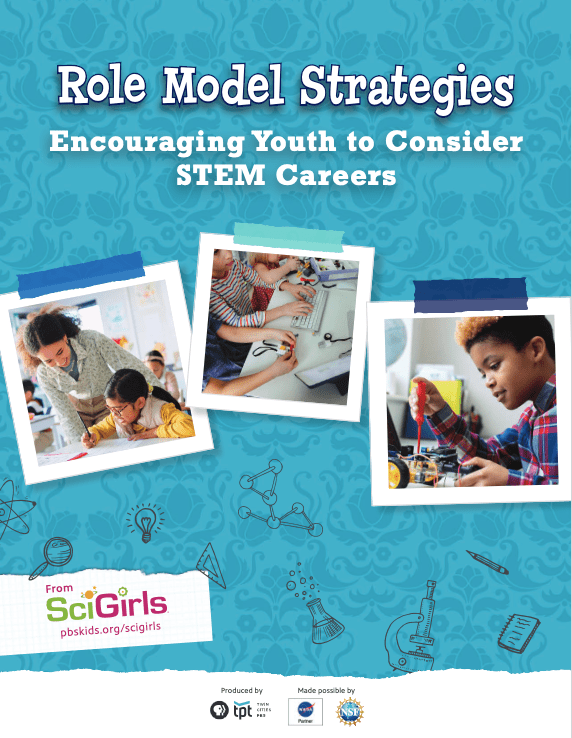4 min read Meet the Creators, Part 4: Two New 2024 Total Eclipse Posters Total solar eclipses reveal the Sun’s outer atmosphere – the corona – a white, wispy halo of solar material that flows out from around the Sun. This atmosphere is breathtaking as it glows in the sky for viewers on Earth, surrounding the dark disk of the Moon. In addition to revealing this normally hidden part of our Sun, the eclipse also darkens the sky, changes shadows, and cools the air. It can feel like living inside a…
Read MoreNASA Invites Media to Speak with Artemis II Moon Crew, Recovery Team
Naval helicopters fly over a test version of NASA’s Orion spacecraft and personnel involved in training activities in the Pacific Ocean in July 2023, in preparation for Artemis II. Teams from NASA, including the Artemis II crew, and the Department of Defense are training this month off the coast of San Diego to prepare to recover the astronauts and Orion when they return to Earth. Credits: NASA/Kenny Allen Media are invited to speak with the four Artemis II astronauts on Wednesday, Feb. 28, at Naval Base San Diego in California.…
Read MoreWebb Finds Evidence for Neutron Star at Heart of Young Supernova Remnant
5 Min Read Webb Finds Evidence for Neutron Star at Heart of Young Supernova Remnant The James Webb Space Telescope has observed the best evidence yet for emission from a neutron star. Credits: NASA, ESA, CSA, STScI, C. Fransson (Stockholm University), M. Matsuura (Cardiff University), M. J. Barlow (University College London), P. J. Kavanagh (Maynooth University), J. Larsson (KTH Royal Institute of Technology) NASA’s James Webb Space Telescope has found the best evidence yet for emission from a neutron star at the site of a recently observed supernova. The supernova,…
Read MoreJames Webb Space Telescope spots neutron star hiding in supernova wreckage
Using the James Webb Space Telescope (JWST), astronomers have ended a nearly decade-long game of celestial hide-and-seek after they discovered a neutron star in the wreckage of a stellar explosion. Supernova 1987A represents the remains of an exploded star that once had a mass around 8 to 10 times that of the sun. It is located around 170,000 light-years away in the Large Magellanic Cloud, a dwarf galaxy neighbor of the Milky Way. Supernova 1987A was first spotted by astronomers 37 years ago in 1987, hence the numerical aspect of…
Read MoreRadio signals from Orion nebula reveal new data about strange celestial objects: ‘JuMBOS’
Last year, using the James Webb Space Telescope (JWST), astronomers made the startling discovery of some free-floating, planetary-mass objects in the Orion nebula that threw their ideas of planet and star formation into doubt. And now, new research has further deepened the mystery around these so-called Jupiter-mass binary objects, or JuMBOs. JuMBOs aren’t stars, but aren’t really planets either. Mark McCaughrean, senior science advisor at the European Space Agency (ESA), and colleagues originally located the objects in the Orion nebula. This nebula is a star birthing region, also known as Messier…
Read MoreShanghai from Space
NASA/Jasmin Moghbeli While the International Space Station orbited 260 miles above the East China Sea, NASA astronaut Jasmin Moghbeli snapped this photo of Shanghai’s city lights and the Huangpu River flowing through downtown. Shanghai is the most populous city in China with a population of about 24.9 million. The space station serves as a unique platform for observing Earth with both hands-on and automated equipment. Station crew members have produced hundreds of thousands of images, recording phenomena such as storms in real time, observing natural events such as volcanic eruptions…
Read MoreMath, Mentorship, Motherhood: Behind the Scenes with NASA Engineers
Engineering is a huge field with endless applications. From aerospace to ergonomics, engineers play an important role in designing, building, and testing technologies all around us. We asked three engineers at NASA’s Ames Research Center in California’s Silicon Valley to share their experiences, from early challenges they faced in their careers to the day-to-day of being a working engineer. Give us a look behind the curtain – what is it like being an engineer at NASA? In her early days at NASA, Diana Acosta visited her aeronautics research and development…
Read MoreNASA Invites Media to First Astronaut Launch Aboard Boeing’s Starliner
Boeing’s Starliner spacecraft approaches the International Space Station on May 20, 2022. Credit: NASA Editor’s note: This advisory was updated Feb. 22, 2024, to include a target launch date. As part of NASA’s Commercial Crew Program, the agency opened media accreditation for the launch of NASA’s Boeing Crew Flight Test to the International Space Station. The mission will be the company’s first Starliner spacecraft mission with crew. NASA astronauts Butch Wilmore and Suni Williams will launch aboard Starliner on a United Launch Alliance Atlas V rocket and dock at the…
Read MoreEnhancing Engagement: Strategies for STEM Professionals to Encourage Youth to Consider STEM Careers
3 min read Enhancing Engagement: Strategies for STEM Professionals to Encourage Youth to Consider STEM Careers Check out the latest from the NASA Inspires Futures for Tomorrow’s Youth (NIFTY) NASA Science Activation project team! Led by Twin Cities PBS in St. Paul, MN, NIFTY is committed to broadening youth participation in STEM studies by providing opportunities for youth to interact with and learn from NASA STEM professionals. Building on initiatives like the SciGirls television series, online resources, and hands-on activities, NIFTY aims to change how young minds perceive science, technology,…
Read MoreBus-sized European satellite crashes to Earth over Pacific Ocean
A dead European satellite fell back to Earth today, bringing an end to its nearly 30-year life in space. The European Space Agency’s (ESA) European Remote Sensing 2 (ERS-2) satellite reentered Earth’s atmosphere at 12:15 EST (1715 GMT) over the Pacific Ocean. The fall ended a nearly 13-year deorbiting campaign that began with 66 engine burns in July 2011, depleting the spacecraft of remaining fuel. “We have confirmation of the atmospheric reentry of ERS-2 at 17:17 UTC (18:17 CET) +/- 1 minute over the North Pacific Ocean between Alaska and…
Read More